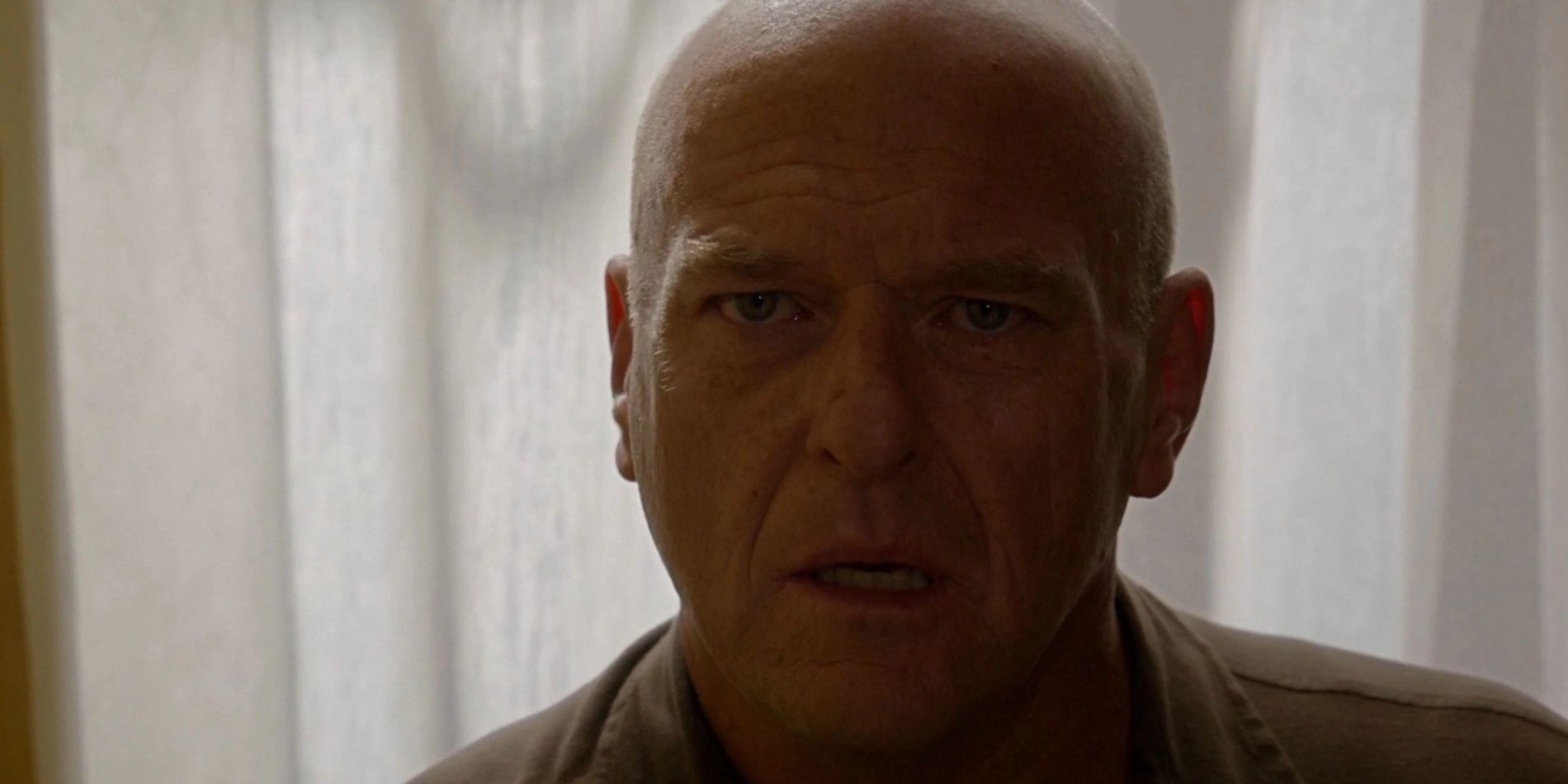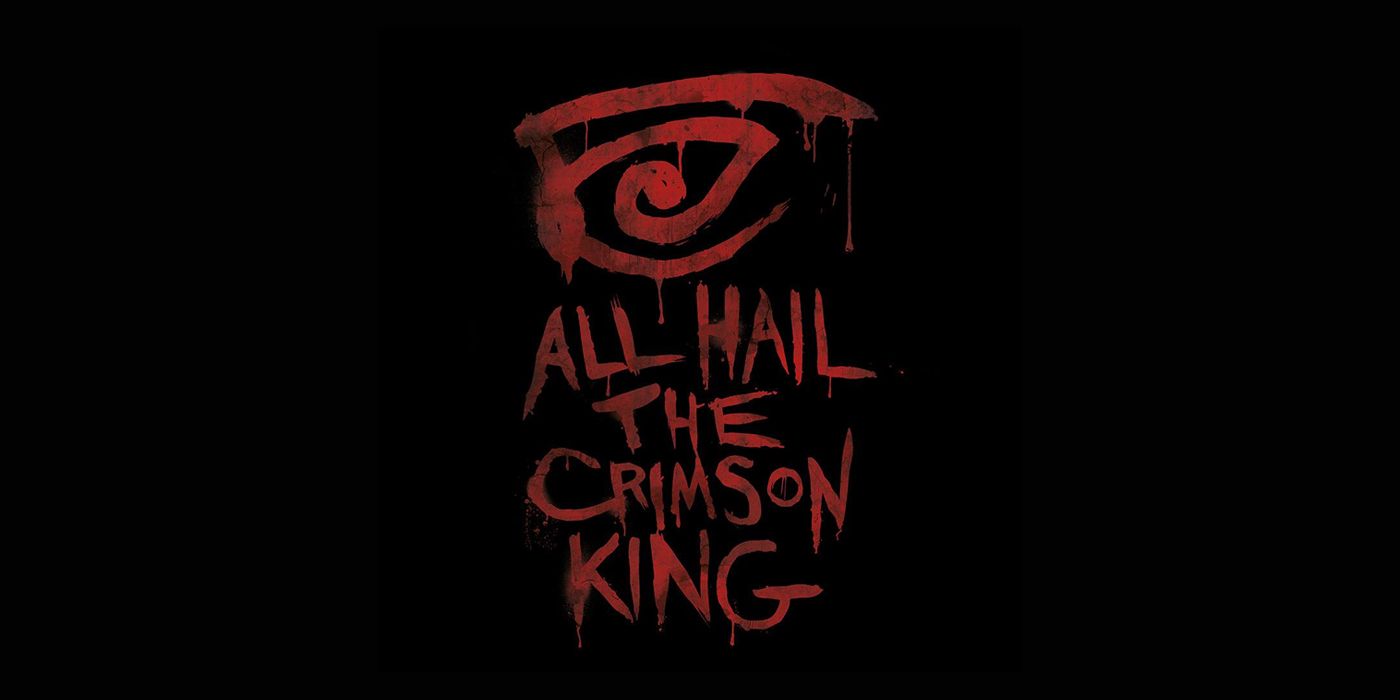Stephen King has created some of the most iconic villains in literary history, with his antagonists spanning the gamut from evil interdimensional Lovecraftian deities, to rabid dogs, to crazed fans. The villains were a strength in many of his earliest works and have continued to be both memorable and chilling across the wide range of stories he has written throughout his career. Stephen King’s best books explore the depths of fear and imagination with a combination of relatable and outlandish characters, with villains who land at both ends of this spectrum.
When determining Stephen King’s best villains, there is no shortage to choose from given the author’s extensive and ongoing bibliography. This list primarily focuses on the villains as they are presented in the source material rather than how they have been depicted in movie or television series adaptations. The best villains are those who elicit genuine fear, who provide genuinely formidable obstacles for the protagonists, and who leave a strong impact on the characters and the readers.
10 Blaine the Mono
The Waste Lands, Wizard and Glass
Blaine the Mono, who appears in the third and fourth installments of The Dark Tower series, is one of King’s weirdest and most memorable villains. The sentient monorail is on his way to crash and take his own life when Roland Deschain and his ka-tet are aboard, which ends The Waste Lands on one of King’s strongest cliffhangers and makes Wizard and Glass compelling from the start. Between his love of riddles and the repeated phrase “Blaine is a pain and that’s the truth,” Blaine leaves a strong impression on the characters and the readers.
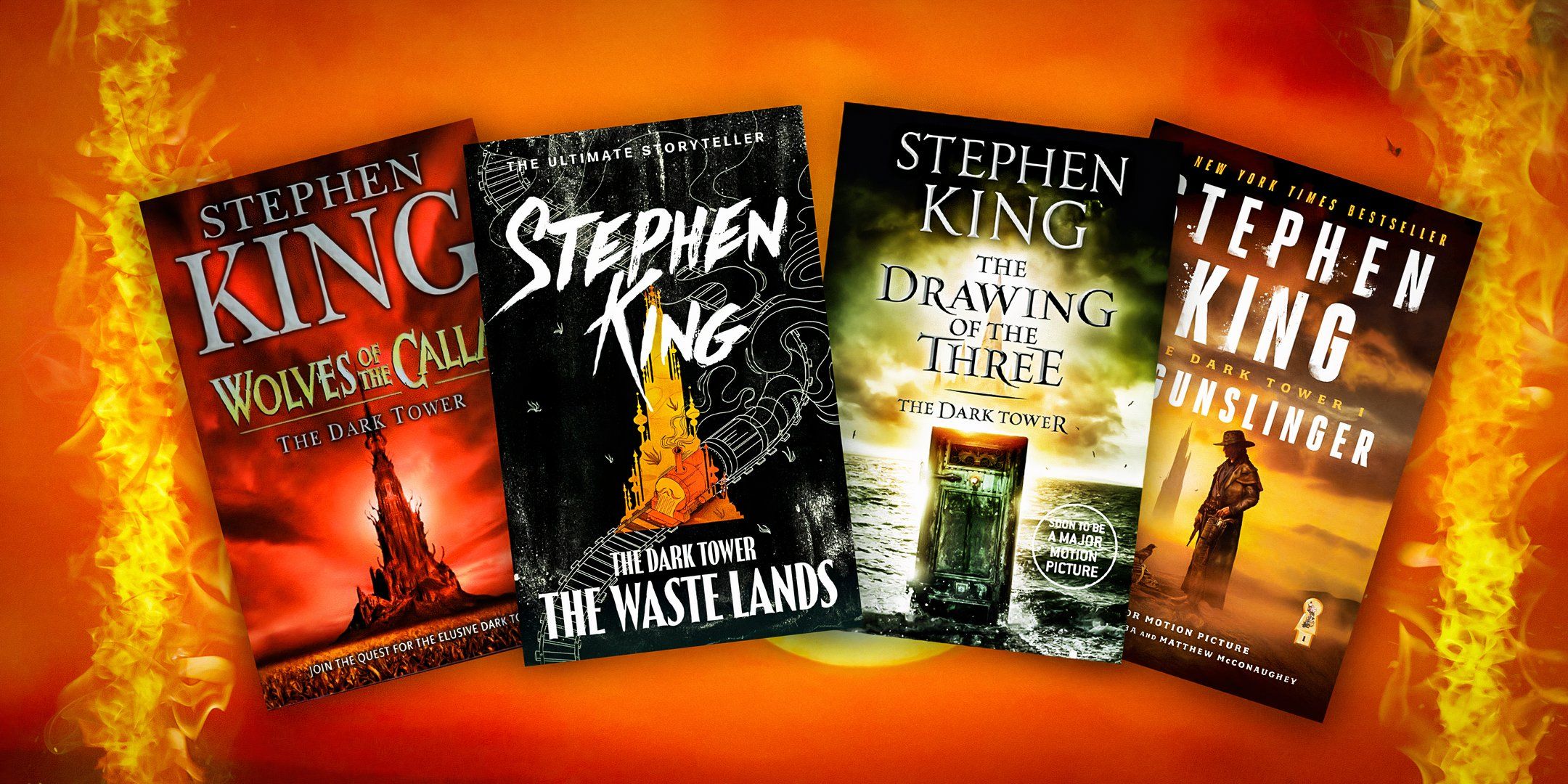
Related
How To Read Stephen King’s Dark Tower Books & Stories In Order (Chronologically & By Publication Date)
The universe of The Dark Tower is sprawling and vast and it can help to know how to read the books & in which order to read them before jumping in.
Blaine is essentially Thomas the Tank Engine if Thomas became mentally unwell, loved riddles, and was intent on taking his own life, along with the lives of the individuals traveling aboard him. He is a truly bizarre and fascinating character who poses a significant challenge for Roland and the ka-tet, and who manages to stand out in a series that features the more powerful and prominent Randall Flagg and Crimson King. However, Blaine’s story is more short-lived and the character is not quite as developed as many other King villains, which ranks him at the lowest spot on this list.
9 Rose the Hat
Doctor Sleep
Rose the Hat is the leader of the vampires known as the True Knot in Doctor Sleep. As a sequel to The Shining, widely considered one of King’s best novels, it was already going to be difficult to create a villain that could live up to Jack Torrance. This is part of what makes Rose an effective antagonist, as her villainy is a stark juxtaposition to Jack. This begins with Rose being a vampire who hunts and feasts on children with psychic abilities, which she and the True Knot refer to as steam.
She is a cunning predator who hunts her prey in a manipulative and ruthless manner. The scenes of her torturing and feeding off children are genuinely chilling. Instead of retreading what was already done in The Shining, Rose presents a different kind of threat that Danny Torrance and Abra Stone must face. Rose was the best possible villain for Doctor Sleep, but she doesn’t reach the heights of The Shining‘s villain, which is why she is ranked at a lower position.
8 Kurt Barlow
Salem’s Lot
Part of what makes Kurt Barlow work so well in Salem’s Lot is how he is not overused in the story. Ben Mears, Susan Norton, and other Salem’s Lot characters are busy dealing with many of the other vampires, who are all formidable in their own right, but none of them are as terrifying as Barlow is when he appears. He feels particularly sinister in the scene where he forces Father Donald Callahan to drink his blood rather than killing the priest, making Father Callahan unable to reenter the church.
Kurt Barlow is a Type One vampire, which is the rarest and most powerful type of vampire in Stephen King books.
In doing so, Barlow defeats Father Callahan’s supposed faith in the most humiliating way possible. This is a perfect example of how Barlow is more than a mindless monster hunting his prey, as he is intentionally cruel and strategic in the execution of his long-term plan and makes it personal for his victims. The only drawback of Barlow’s more infrequent presence is that he is not as well-developed as some of King’s other villains, which puts him in the lower half of this list.
7 Big Jim Rennie
Under the Dome
Unlike many other King villains, James “Big Jim” Rennie is a human and does not possess any supernatural powers. This helps him feel realistic as a used car salesperson running a secret methamphetamine operation, and as someone who uses the dome situation to seize more power for himself. He is sleazy, arrogant, power-hungry, and murders several individuals, yet still believes that he is always in the right and that he is doing the work of God.
In a time of crisis, Big Jim is only ever focused on himself and how the crisis can benefit him, and can persuade others to act against their best interests. When the town of Chester’s Mill is stuck under a dome, he is the worst kind of individual to have in charge, and believes he can act without consequences, as government authorities cannot get inside the dome. He is a fantastic villain, although he sometimes feels too much like a caricature, even when it comes to his profession, which is why he is not higher on the list.
6 The Crimson King
The Dark Tower, Insomnia, Black House
The Crimson King is arguably the ultimate Stephen King villain as a demonic entity who seeks to destroy the multiverse. He is the overarching antagonist of The Dark Tower series, along with appearances in Insomnia and Black House. The sheer number of characters and organizations that work for the Crimson King, including Randall Flagg and the Sombra Corporation, makes him one of the most influential and powerful forces of evil in King’s works.
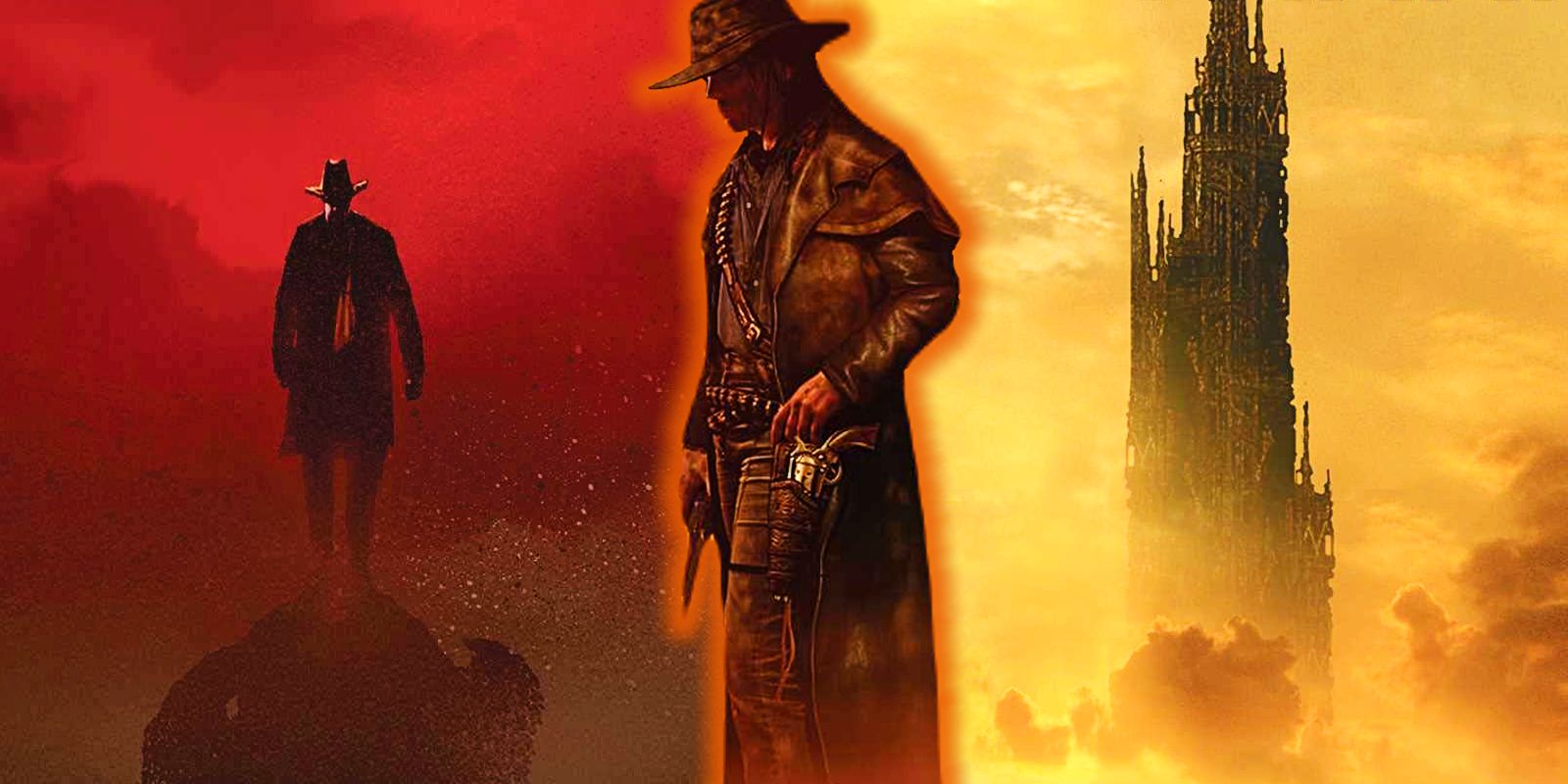
Related
Stephen King’s Dark Tower: Should You Read The Original Gunslinger Or The Revised & Expanded Edition?
The Gunslinger is the start of the epic Dark Tower story, but there are two different versions of the novel, leading to questions about which one is b
As both a seen and unseen villain, the Crimson King is able to be the main villain in the fantastical, multiverse-spanning Dark Tower series, while also being the one who the Low Men work for in the more grounded “Low Men in Yellow Coats” story in Hearts in Atlantis. The Crimson King is easily one of King’s most powerful villains. However, his evil is too cosmic to the point that he feels more like a symbol of villainy than an actual character, which is why he falls toward the middle of the list.
5 Greg Stillson
The Dead Zone
The Dead Zone introduces Greg Stillson as a man who beats a dog to death. This act of cruelty immediately makes him a character who is easy to hate. It is disturbing to see Stillson go from killing a dog to becoming involved in local politics, becoming a United States congressional representative, and continuing to work his way toward the White House. Stillson captures public attention through his antics, including wearing a construction helmet during his rallies and promising to send air pollution into outer space.
He not only garners public attention, but also manages to fool many voters into thinking that he is just an everyday person who will best represent their interests better than traditional politicians. Meanwhile, Stillson is involved in blackmail and physically and emotionally torturing delinquent teenagers to “correct” their behavior, and Johnny Smith sees that the world will be plunged into nuclear war if Stillson becomes President of the United States. Stillson lands in the middle of the rankings because he is not as iconic as other King villains, but he is one of the author’s more frighteningly realistic antagonists.
4 Annie Wilkes
Misery
King was truly ahead of his time when he wrote Annie Wilkes, who embodies the dangers of obsessive fandom. Misery takes this to an extreme as Annie, who sees herself as the number one of author Paul Sheldon, keeps him trapped in her home where she drugs and repeatedly punishes him. Much of these punishments are related to her disgust at the creative decisions Paul has made in the manuscript of Fast Cars, including his decision to kill the character of Misery.
Between how unpredictable she is in
Misery
and because of the real-world commentary she provides, Annie is one of King’s best villains.
Annie has, sadly, aged well as a villain since the novel was published in 1987. Since then, particularly with the rise of social media, some portions of fandoms have grown increasingly toxic and direct hateful words and even death threats toward actors and writers. Between how unpredictable she is in Misery and because of the real-world commentary she provides, Annie is one of King’s best villains. The only reason she isn’t higher on the list is that her villainy is mostly contained to Paul and not as far-reaching.
3 Jack Torrance
The Shining
Due to how much Jack Nicholson’s delivery of the line “Here’s Johnny!” has been parodied, it can be easy to forget what a frightening villain Jack Torrance truly is in The Shining. Jack is a man with preexisting and unresolved issues that are amplified and twisted by the evil of the Overlook Hotel. The book makes him sympathetic due to his painful history of abuse during his childhood and his struggles with alcoholism and shows how the Overlook Hotel is using his inner torment and trauma against him.
Jack’s descent toward this darkness is brilliantly written as he goes from being a troubled, but loving husband and father to someone trying to kill his wife and son. He exemplifies the dangers of addiction, obsession, and unresolved trauma that are left unchecked, making his villainy feel real even with the supernatural influence of the Overlook Hotel. Much like Annie Wilkes, the only reason he does not rank higher is that the threat he poses is more limited in its narrative scope.
2 Randall Flagg
The Dark Tower books, The Stand, The Eyes of the Dragon
Randall Flagg is only one of many guises and names he uses, with others including the Man in Black, Marten Broadcloak, Walter O’Dim, and his real name, Walter Padick. The character is emblematic of how evil will always exist, even after it is seemingly defeated, as Flagg adapts to and thrives through the various identities he takes on across the multiverse. His charisma, twisted sense of humor, and ability to pinpoint and prey on an individual’s weakness make him an unparalleled villain.
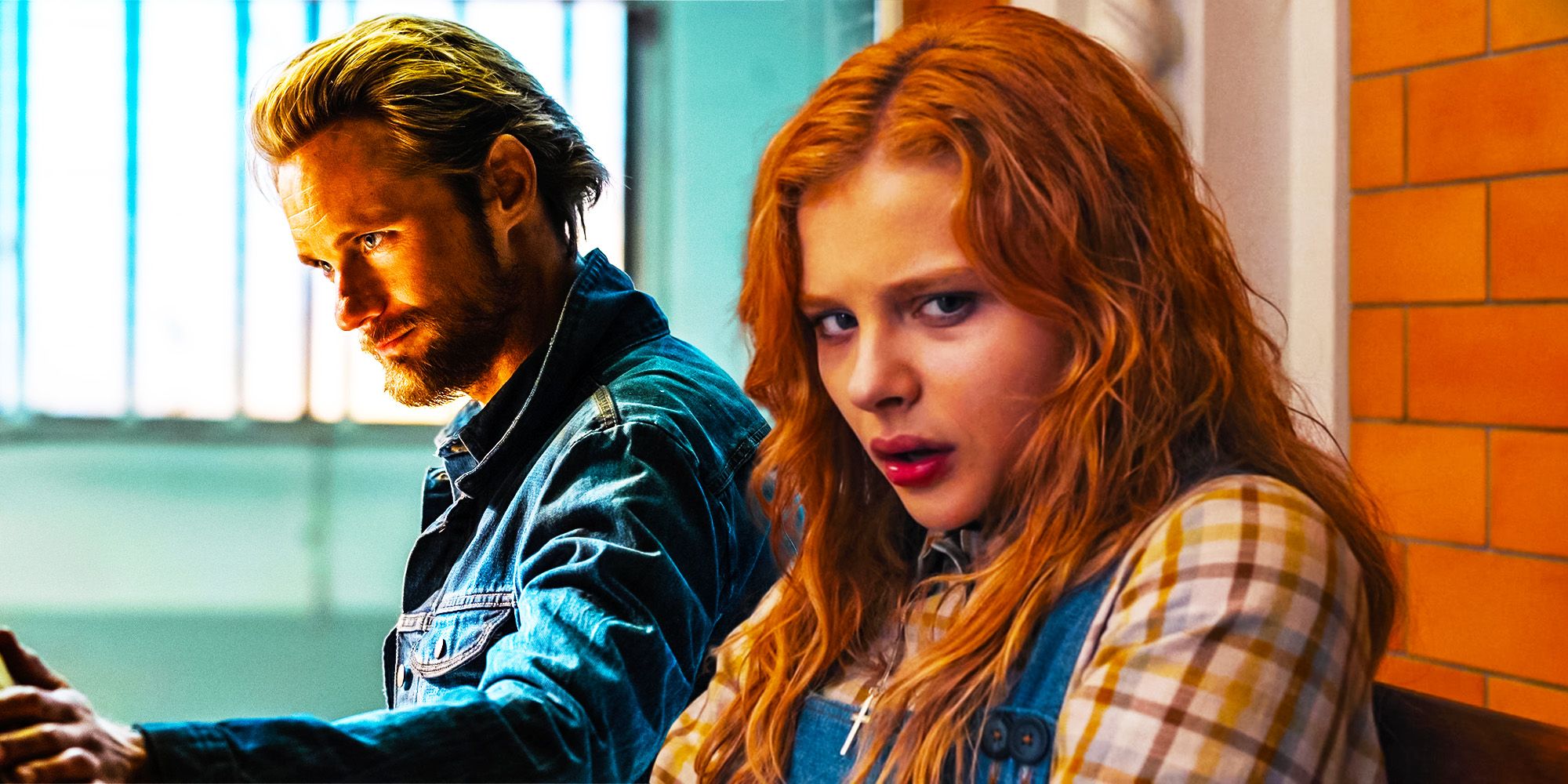
Related
Wild Stephen King Theory Claims Randall Flagg Is Carrie’s Father
Could Stephen King’s biggest villain, Randall Flagg, be Carrie White’s real father? A theory suggests so, making Flagg an even more dangerous villain.
While selfish and destructive individuals are drawn to him, Flagg is talented at luring in conflicted individuals like Harold Lauder and Nadine Cross in The Stand, as he weaponizes their inner conflict for his own gain. Flagg is even a better villain than the Crimson King because he is better developed across his many appearances. The only reason Flagg is not the best villain is because of his death in The Dark Tower, which was too underwhelming and sudden given the character’s long history.
1 Pennywise
It
None of King’s villains are as terrifying as It, often referred to as Pennywise the Dancing Clown. Pennywise is a manifestation of fear itself as a powerful alien that takes on the form of people’s worst fears. There is a feeling of inevitable doom that surrounds Pennywise as It emerges every 27 years to feed on the children of Derry, Maine. Even though Pennywise is supernatural, It feels like real-world evils that cause swift and devastating destruction, followed by years of complacency, before the same horrors repeat themselves.
Out of all of King’s villains, Pennywise is the most well-known, and is able to strike fear into the hearts of real people, even those who have never read It or seen the television or movie adaptations. While It is a cosmic villain, a substantial backstory is provided that chronicles the impact on Derry and its citizens over many generations, along with the origins of It‘s Pennywise first arriving on Earth. This backstory helps It feel well-developed despite being a cosmic and almost abstract evil, and solidifies Pennywise as Stephen King‘s greatest villain.



